Notocypraea subcarnea (Beddome 1896)
A Brief Guide to Identification
by Randy Bridges
The original description of Notocypraea subcarnea (Beddome 1896) was followed for years by confusion and mystery. With his notes on the taxonomy of this rare species Lorenz (2005, 2007) effectively clarified the matter. This report outlines the key characteristics of subcarnea, intended to help collectors identify this interesting cowry.
Since the majority of available specimens are beach collected dead shells identification may sometimes be challenging. Normally the key features are evident even in very dead shells. In many collections subcarnea is misattributed to N. angustata (Gmelin 1791) (Fig. 4) or N. comptonii f. casta Schilder & Summers 1963 (Fig. 5). Upon carefully examining the following characteristics the distinction between these taxa is not difficult.
I. Large, sparse and hazy marginal spotting. The marginal spotting is the most readily identifying feature of subcarnea. This characteristic is visible in the specimens shown in Figs. 1 and 3, and the type specimens (Fig. 2). In comparison, angustata exhibits smaller, more numerous and crowded marginal spotting (Fig. 4). N. comptonii f. casta typically exhibits no marginal spotting (Fig. 5) or, in some intermediate forms, characteristically small and crowded spotting.
II. Fine and more numerous teeth. Especially noticeable on the columellar side, this is a very distinguishing feature which is even more apparent in the larger and more elongate varieties. The posterior columellar side shows ribbing while this is mostly smooth in angustata.
III. Wide, strongly curved aperture. The aperture in angustata is narrower and straighter. The anterior terminal ridge in subcarnea is shorter and more curved than angustata.
Other characteristic traits such as the depressed shape and pale color can also be helpful in diagnosing subcarnea. With some care and thoughtful examination, identifying this cowry is relatively easy. It is hoped that collectors will find this brief guide useful for that purpose.
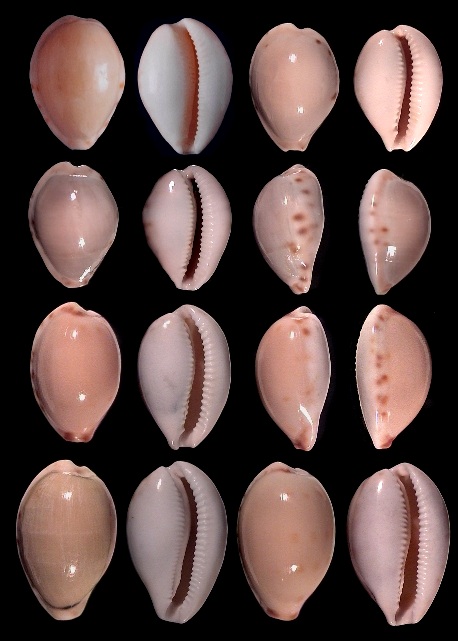
Fig. 1. Specimens of N. subcarnea, from Tasmania.
Row 1: left: Holotype, 22.5 mm.
Row 1: right: North Tasmania, trawled, 22.2 mm.
Row 2: Tinderbox Bay, Hobart, Tasmania, diver at 6 m, 21.3 mm.
Row 3: Port Stanley, Tasmania, beached, 26 mm.
Row 4: Port Stanley, Tasmania, beached, both 29 mm, coll. Chiapponi.
Photo kindly provided by courtesy of Dr. Felix Lorenz
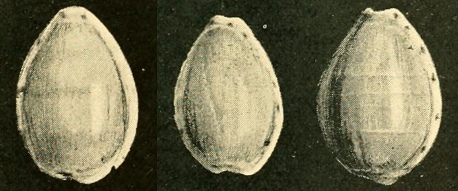
Fig. 2. Beddome's original type specimens of N. subcarnea
Left: Holotype (Natural History Museum, London)
Compiled from Beddome (1898), pl. 21, figs. 8-10.
See also above Fig. 1., Top row: left.
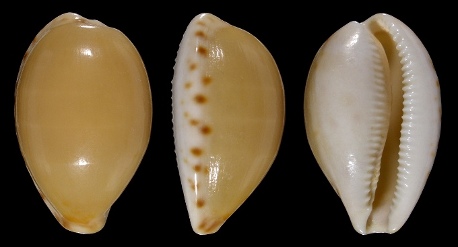
Fig. 3. N. subcarnea from Half Moon Bay, Stanley, Tasmania, 31.5 mm.
Larger, more elongate variety.
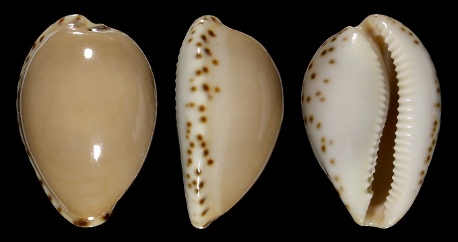
Fig. 4. N. angustata from Port McDonnell, South Australia, 28.3 mm.
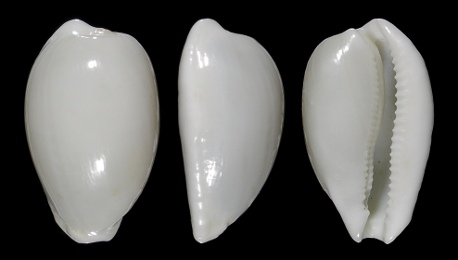
Fig. 5. N. comptonii f. casta from Port McDonnell, South Australia, 25.8 mm.
References
BEDDOME, C. E. (1896). Note on Cypraea angustata, Gray, var. subcarnea, Ancey. Proceedings of the Linnean Society of New South Wales, 21:467-468. Web, <http://biostor.org/reference/53586>
BEDDOME, C. E. (1898). Notes on species of Cypraea inhabiting the shores of Tasmania. Proceedings of the Linnean Society New South Wales, 22:564-576, pl. 21. Web, <http://biostor.org/reference/53589>, Pl. 21. Web, <http://biodiversitylibrary.org/page/3345641>
GROVE, S. J. (2011). A Guide to the Seashells and other Marine Molluscs of Tasmania:. Web.
LORENZ, F. (2005). Taxonomic Notes on Two Poorly Known Species of Notocypraea (Gastropoda: Cypraeidae). Visaya, 1(5):16-21.
LORENZ, F. (2007). A preliminary revision of the living Notocypraea. Web.
MEYER, C. (2005). Notocypraea cf. subcarnea, Cowrie Genetic Database Project. Web.
